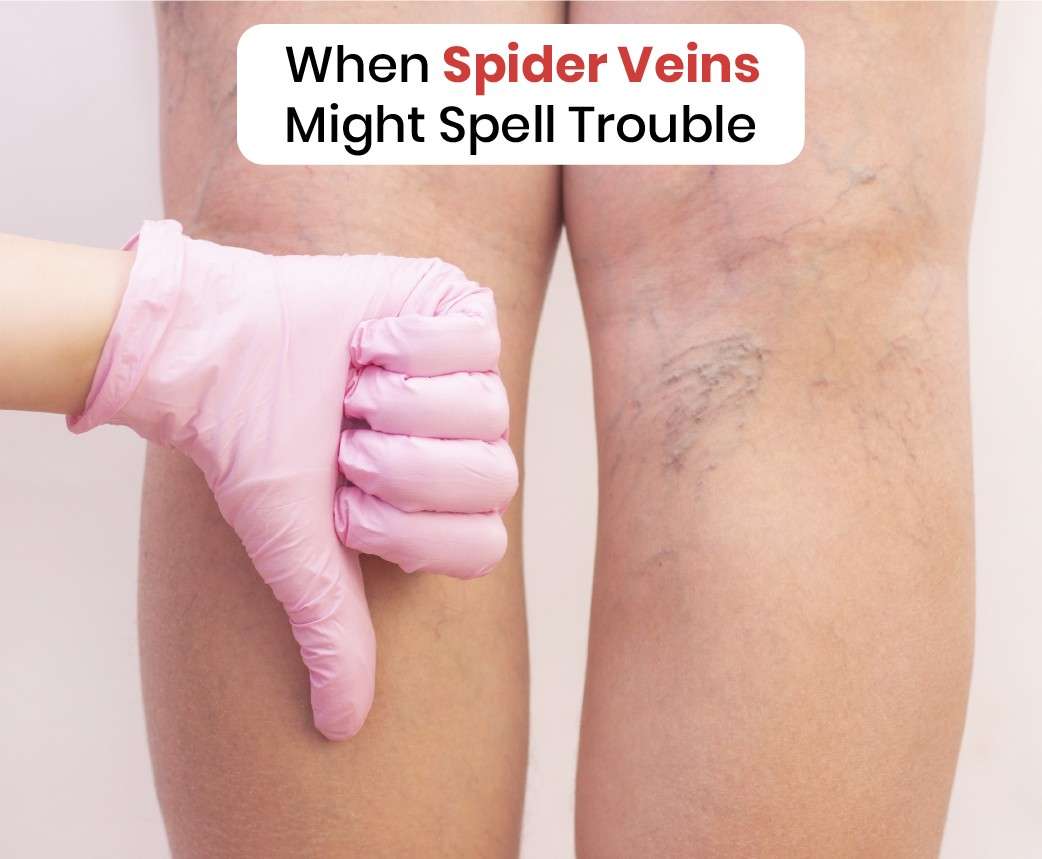Spider veins, medically known as telangiectasias, are small, twisted blood vessels that appear close to the surface of the skin. They often manifest as red, blue, or purple lines or webs, resembling spider legs or tree branches. While spider veins are typically considered a cosmetic concern, they can sometimes indicate underlying vascular issues that require attention. Exploring treatment options can help individuals effectively address these issues and achieve smoother, clearer skin.
Understanding Spider Veins
Spider veins, despite their harmless nature in most cases, can sometimes signal more serious conditions or lead to complications. These concerns may include:
Discomfort and Pain: Spider veins may cause discomfort, aching, or throbbing sensations, particularly after long periods of standing or sitting. In some cases, they can contribute to the development of restless legs syndrome or leg cramps.
Skin Changes: Spider veins can cause skin discoloration, particularly around the affected area. Over time, the skin may become discolored or take on a reddish or brownish hue, affecting the appearance of the legs.
Increased Risk of Blood Clots: While rare, spider veins may be associated with deeper venous issues such as chronic venous insufficiency (CVI) or deep vein thrombosis (DVT). These conditions can increase the risk of blood clots, which, if left untreated, can lead to serious complications like pulmonary embolism.
Cosmetic Concerns: Beyond the physical discomfort, many individuals with spider veins experience self-consciousness or dissatisfaction with their appearance. Spider veins can affect confidence and quality of life, prompting individuals to seek treatment for both medical and cosmetic reasons.
CLaCS: A Solution for Spider Veins
Cryo Laser and Cryo Sclerotherapy (CLaCS) is an advanced treatment option for spider veins that combines the use of laser energy and cryotherapy with traditional sclerotherapy techniques. During CLaCS:
Laser energy is delivered directly to the affected blood vessels, causing them to coagulate and collapse.
Cryotherapy is simultaneously applied to cool the skin and minimize discomfort during the procedure.
The combination of laser energy and cryotherapy enhances the effectiveness of sclerotherapy, leading to improved outcomes for patients.
Who Can Benefit from CLaCS?
CLaCS is suitable for most individuals with spider veins, including those who:
- Experience discomfort or pain associated with spider veins.
- Are bothered by the appearance of spider veins and wish to improve the cosmetic appearance of their legs.
- Have failed to see improvement with conservative measures like compression stockings or lifestyle changes.
- Seek a safe and effective treatment with minimal downtime and discomfort.
- Before undergoing CLaCS, individuals should consult with a qualified healthcare provider to determine if they are suitable candidates for the procedure and to discuss any potential risks or side effects.
Spider veins, while often dismissed as a cosmetic concern, can sometimes signal underlying vascular issues or lead to discomfort and cosmetic concerns if left untreated. Cryo Laser and Cryo Sclerotherapy (CLaCS) offers an advanced solution for addressing spider veins, providing precise targeting, minimal discomfort, and effective results. Consulting with a qualified healthcare provider can help individuals explore their options and determine the best course of action for achieving smoother, clearer skin while addressing any underlying vascular issues.


